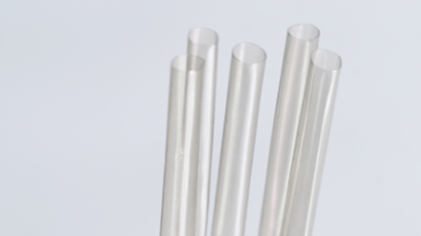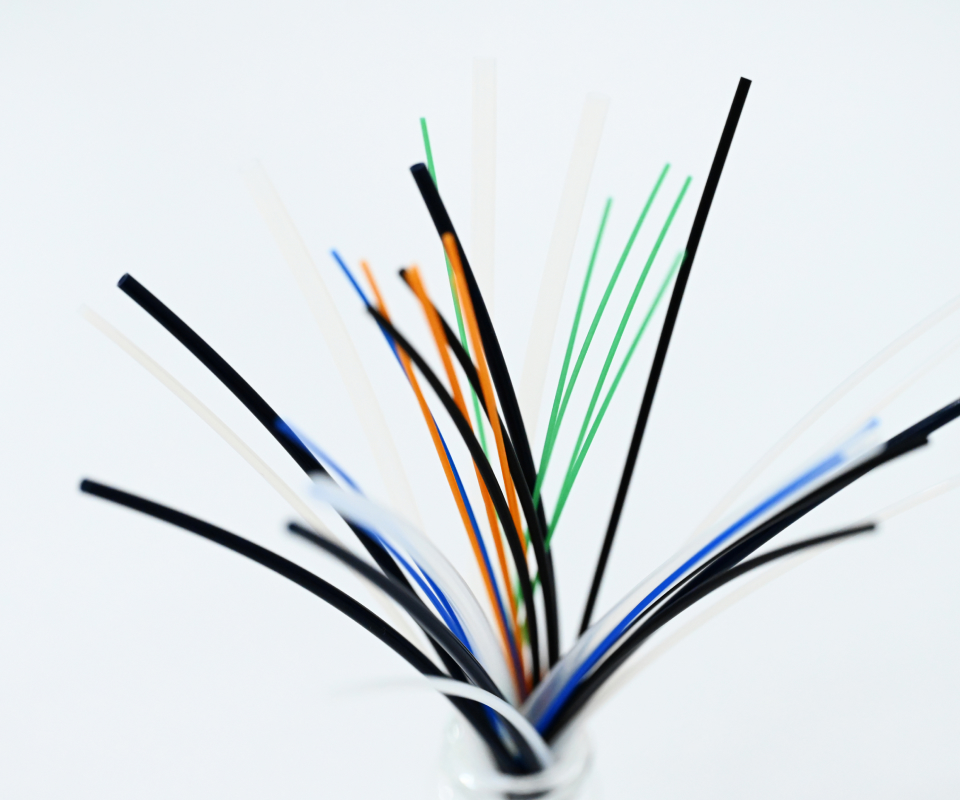Comprehensive Analysis of Ureteral Stents: Applications, Surgical Procedures, and Technical Details
A ureteral stent is a commonly used medical device made of flexible materials (such as polyurethane, silicone, or PEBAX). It is widely used to relieve ureteral obstruction and maintain the normal flow of urine from the kidney to the bladder. Its unique pigtail design at both ends (positioned within the renal pelvis and bladder, respectively) ensures stable placement and effectively prevents displacement. With the advancement of materials and technology, modern ureteral stents have been continuously optimized in terms of biocompatibility, antimicrobial properties, and placement techniques.
Major Indications for Ureteral Stents
Ureteral Obstruction Associated with Stones
Ureteral stents are commonly used to alleviate urinary tract obstruction caused by stones, particularly before and after procedures such as laser lithotripsy or ESWL (extracorporeal shock wave lithotripsy). They help improve urine flow and reduce postoperative edema and complications.
Urinary Tract Narrowing Caused by Tumors
In patients with urinary system or pelvic tumors, tumor compression may lead to ureteral obstruction. The implantation of a stent can restore urine drainage, alleviate hydronephrosis, and prevent further deterioration of renal function.
Postoperative Support
Following ureteral surgeries (such as ureteroplasty) or complex urological procedures, stents are used to prevent re-obstruction due to postoperative edema, thereby promoting healing.
Obstruction Due to Infection
In cases of infectious urinary tract obstruction (such as acute pyelonephritis with abscess formation), stent implantation can quickly restore drainage and relieve pressure.
Complex Urinary Tract Structural Anomalies
For congenital or acquired urinary tract strictures, ureteral stents provide an effective solution for both long-term and short-term drainage.
II. Surgical Procedure for Ureteral Stent Placement
Preoperative Preparation and Imaging Evaluation
- Imaging Evaluation: Preoperative assessments using ultrasound, CT, or IVU (intravenous urography) help determine the location and severity of the obstruction.
- Patient Management: Prior to the procedure, infections are controlled, electrolyte imbalances are corrected, and patients are informed about the related risks.
Operative Steps
- Endoscopic Guidance: A cystoscope or ureteroscope is used to locate the ureteral orifice.
- Guidewire Insertion: A flexible guidewire is advanced into the renal pelvis via the endoscope to create a pathway for stent placement.
- Stent Implantation: The ureteral stent is advanced along the guidewire into the ureter, ensuring that its two ends are correctly positioned in the renal pelvis and bladder.
- Contrast Confirmation: Intraoperative injection of contrast dye confirms the proper placement of the stent.
Postoperative Management
- Symptom Monitoring: Patients may experience mild urinary frequency or dysuria after the procedure, which typically resolves within a few days.
- Regular Follow-Up: For long-term stents, regular replacement (usually every 3-6 months) is necessary to prevent infection or stone formation.
Ureteral stents are indispensable in urological surgery. With continuous technological advancements, they provide an effective means to treat ureteral obstructions and improve renal function. Through standardized surgical protocols and diligent postoperative management, ureteral stents can significantly enhance treatment outcomes and improve patients' quality of life.
Eco Polymer: Where Innovation Meets Excellence in Medical Device Manufacturing.


Contact us
As a leading Contract Manufacturing Organization (CMO), we excel in custom medical catheters and membranes, from prototyping to mass production. Our focus: unparalleled R&D innovation and rigorous quality validation.





